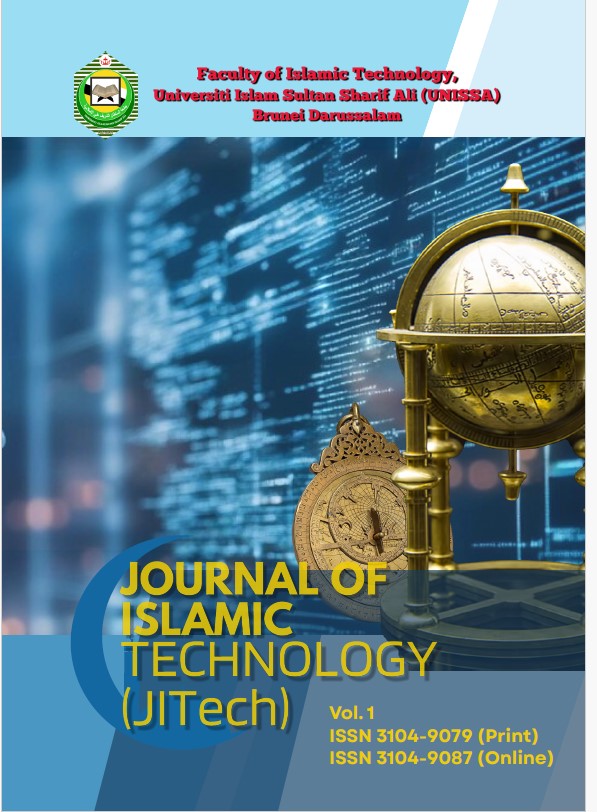Published 2025-07-23
How to Cite
Copyright (c) 2025 Journal of Islamic Technology

This work is licensed under a Creative Commons Attribution 4.0 International License.
Copyright NoticeAbstract
Issues on collaboration and digital modality in design have
continued to surface in modern construction research. The
purpose of this study is to investigate how modality can
support designer cognitive actions during collaboration in
design. The study uses literature review to understanding the
properties, usability and characteristics of collaboration in
the context of design, to evaluate key component for
cognitive actions in design and finally to established two
existing design modalities (sketch and digital). Using
protocol observation technique the study investigates the
impact of the existing modalities on designers’ cognitive
actions during collaboration in design. The experiment
consisted of eight design teams working with the two
modalities. Coding schemes based on the four parameters of
cognitive action namely; naming, framing, moving and
reflecting were employed to generate empirical data from
the protocols observation of the two modalities. Statistical
analysis using Chi-Square cross tabulation established a
significant degree of freedom among designer action in the
two modalities. The results indicate that the cognitive
actions of the two modalities are statistically different in
their frequencies and duration. Higher framing actions were
not affected by sketch modality but were affected by digital
modality. Similarly, higher moving actions were not affected
by sketch modality but were affected by digital modality.
Thus, the study established that sketch is better cognitive
action modality because of it important characteristics on
naming, framing, moving and reflecting actions.Therefore,
the study contributes in streamline collaboration in design
process by establishing the sketch as the most appropriate
modality that support designer cognitive actions during the
process. Future studies can be carried out on the need to
support and enhance the digital modality so that it can
equally efficiently and sufficiently support designers’
cognitive actions during collaboration in design.
